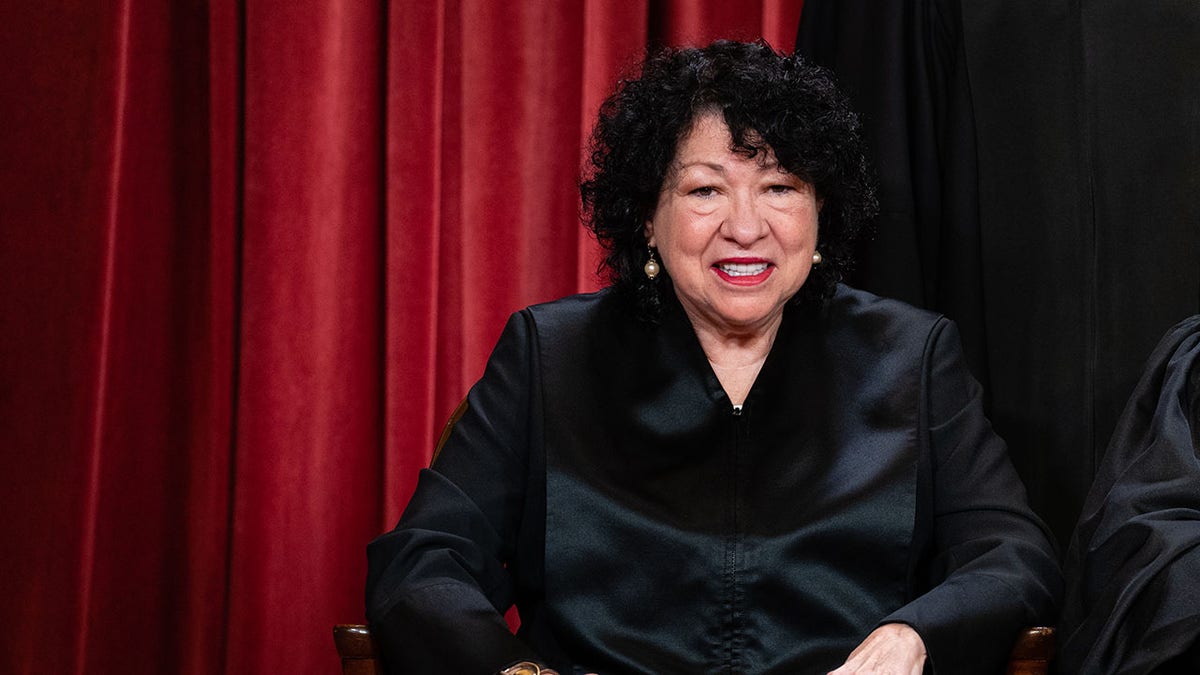SCOTUS affirmative action ruling ‘heated’ between justices: Shannon Bream
Chief legal correspondent Shannon Bream unpacks the Supreme Court’s decision against affirmative action.
Supreme Court Justices Clarence Thomas and Sonia Sotomayor read their conflicting opinions on affirmative action from the bench on Thursday.
Justices on the court can choose to read their opinions aloud from the bench in rare instances when they want to call special attention to their position. Thomas did so for his concurring opinion with the court's ruling against affirmative action, while Sotomayor read her own dissenting opinion.
"Today, and despite a lengthy interregnum, the Constitution prevails," Thomas declared in his opinion.
The 75-year-old justice lauded Thursday's majority opinion overturning decades of the U.S. judicial system allowing colleges and universities to admit or reject applicants based on their race, but also offered his own individual input.
"I write separately to offer an originalist defense of the colorblind Constitution; to explain further the flaws of the Court's Grutter jurisprudence; to clarify that all forms of discrimination based on race — including so-called affirmative action — are prohibited under the Constitution; and to emphasize the pernicious effects of all such discrimination," he asserted.
AFFIRMATIVE ACTION CASE: JUSTICES ALITO, ROBERTS SNAP AT HARVARD LAWYER

Associate Supreme Court Justice Clarence Thomas lauded Thursday's majority opinion overturning decades of the U.S. judicial system allowing colleges and universities to admit or reject applicants based on their race, but also offered his own individual input. (Drew Angerer/Getty Images)
JUSTICES HEAR ARGUMENTS OVER AFFIRMATIVE ACTION IN HARVARD, UNC SUPREME COURT CASES
Meanwhile, Sotomayor read her own dissent against the majority opinion, a dissent joined by both of the other liberal justices, Ketanji Brown Jackson and Elena Kagan.
"The Equal Protection Clause of the Fourteenth Amendment enshrines a guarantee of racial equality," Sotomayor began. "The Court long ago concluded that this guarantee can be enforced through race-conscious means in a society that is not, and has never been, colorblind."

Associate Justice Sonia Sotomayor read from the bench her dissent against a majority opinion ending affirmative action, a dissent joined by both of the other liberal justices, Ketanji Brown Jackson and Elena Kagan. (Eric Lee/Bloomberg via Getty Images)
"Today, this Court stands in the way and rolls back decades of precedent and momentous progress. It holds that race can no longer be used in a limited way in college admissions to achieve such critical benefits. In so holding, the Court cements a superficial rule of colorblindness as a constitutional principle in an endemically segregated society where race has always mattered and continues to matter."
READ THE SUPREME COURT AFFIRMATIVE ACTION OPINION - APP USERS, CLICK HERE:
Thursday's 6-3 ruling was split along traditional lines. Students for Fair Admissions, a student activist group, brought cases against both Harvard and University of North Carolina. The group initially sued Harvard College in 2014 for violating Title VI of the Civil Rights Act, which "prohibits discrimination on the basis of race, color, or national origin in any program or activity that receives Federal funds or other Federal financial assistance."
CLICK HERE TO GET THE FOX NEWS APP
The complaint against Harvard alleged that the school's practices penalized Asian American students, and that they failed to employ race-neutral practices. The University of North Carolina case raised the issue of whether the school could reject the use of non-race-based practices without showing that they would bring down the university's academic quality or negatively impact the benefits gained from campus diversity.
The court ruled for Students for Fair Admissions in both cases.





